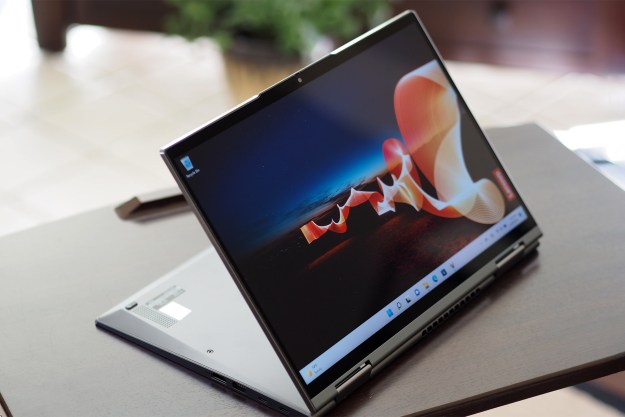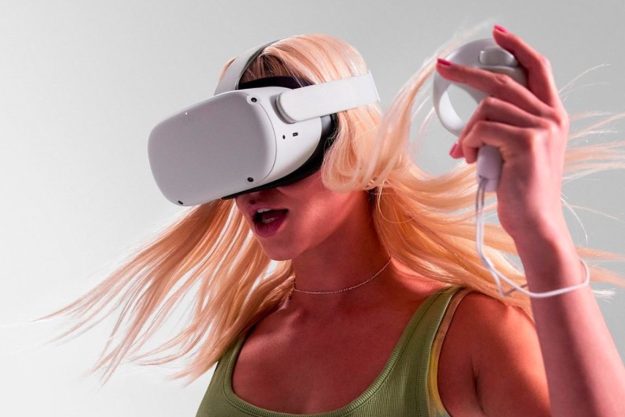
The mouse is an old and outdated mode of computing that still, somehow, clings to even our most modern computers. But this year’s crop of cool peripherals might be what changes all that.
Is the mouse finally on its last legs? It seems like every year for the last several years, people have been shouting from the rooftops that the computer mouse is dead. Multitouch. Kinect. These were the things that were supposed to kill this pest we’ve grown so accustomed to before the turn of the decade. And yet, they still linger.
This year might be it, though. Apple, especially with OS X 10.7 Mountain Lion, with a little help from the Magic Trackpad, has further embraced gesture-based computing. And, despite the cool reception, Windows 8 embraces touch in a way that’s both striking and mystifying. While the general populace might not be completely ready for the change, we have a feeling that people will soon be unplugging their mice for good.
Don’t get us wrong; we live in the future, but not quite the near-distant future of Iron Man and Minority Report. So what right now will replace the mouse? What will be that last changing of the guard? Here are some of the best devices of today that may finally deal the death blow.
The Leap
How it works: Leap Motion’s flagship motion sensor device has long been one of our favorite products debuted last year. Simply place the tiny peripheral in front of your PC or Mac monitor and you’ll be able to interact with your computer with precision up to 1/100 of a millimeter.
What it’s best for: Think of it as a Kinect for the small screen. The device allows you to interact with your computing environment solely with gesture with high accuracy and zero latency, making it possible to pinch-to-zoom and write signatures with ease.
How long until we can use it: Leap Motion recently struck a deal with Best Buy for the brick-and-mortar shop to serve as the company’s exclusive retail partner starting this February. The company is also currently taking preorders on its site. Asus also announced that it’ll soon be bundling the device with its hardware.
Mauz
How it works: You use your iPhone for everything else, so why not use it to control your computer? While not an entirely new concept, Mauz gets credit for its implementation. The Mauz is a dongle that connects to your iPhone’s 30-pin or Lightning dock connector, giving it the ability to interact with your computer like a traditional mouse, a touchpad, and also as a gesture sensor.
What it’s best for: The Mauz tries to be an all-in-one solution for your mousing needs. It’s just unclear how it would handle phone calls.
How long until we can use it: The team behind this device currently has a Kickstarter campaign to reach its goal of $150,000 to cover its development and production costs. Hopefully, we’ll see a working iteration by June of this year, retailing for between $60 and $70.
Leonar3do
How it works: Hungarian startup Leonar3do is changing the metaphor from a mouse to a bird, and is attempting to change how we create in 3D environments. Used in conjunction with the company’s own modeling software and a pair of 3D glasses, the Bird, or really the bird-like pen tool, is essentially a handheld virtual reality kit, handling modeling as though your creation is floating in space in front of you.
What’s it best for: The Leonard3do is best used by designers and educators for specialized modeling projects. Digital artists and architects might find it essential to their toolkit in the coming year.
How long until we can use it: The Bird is available now, but for a pretty penny. With the software costing $2,000, it might be a bit pricey for the average neophyte. We have been told that the price will drop to $50 in the near future. iOS and Android apps are also on the way and will hit their respective stores by March.
Tobii Rex
How it works: If you’re tired of lifting your arms altogether, this one’s for you. The Tobii Rex allows you to control your Windows 8 machine with your eyes. The device uses an array of infrared sensors to detect eye motion and orientation, making it surprisingly precise.
What it’s best for: As the user still needs a dedicated mouse and keyboard, the Tobii is best used for navigating layouts. But, in our tests at CES, the device handled games of Asteroid with aplomb. That’s impressive for something that’s still very much in development.
How long until we can use it: Those interested in a Tobii Rex development kit, which includes the hardware and the SDK, will have to shell out $995. The average consumer will have to wait for preorders to open this spring. The devices will then start shipping in the fall.
Top image courtesy of Shutterstock/Matthew Benoit






